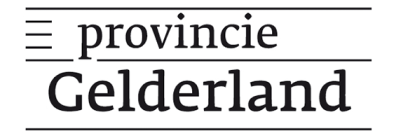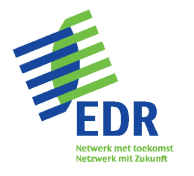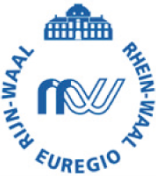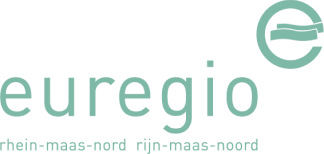The SmartStressMonitor project will tackle an important issue. The
millions of laboratory rats and mice used in laboratory experiments each
year are all inspected at least daily by experts to check on their
health and welfare. However, if a problem occurs, it may not be noticed
until the next check. We will develop a system to automatically monitor
the animals’ condition so that animal carers can quickly attend to their
needs.
The project is led by Noldus Information Technology, a
Dutch company which is the market leader in the field of solutions for
measuring animals’ behavior and welfare. They will develop special
software for efficiently training AI systems to be able to detect
behavioral states which cannot currently be automatically detected.
There are also two German companies. CAE is a technology leader in
acoustic cameras and sound field analysis. It will create specialist
microphone arrays to pick up the sounds that the animals make outside
the range of human hearing. Kubion specialises in AI analysis and they
will develop algorithms to detect pain or discomfort in the animals.
There
are also three academic partners. Those partners will create training
data for the AI, provide key knowledge about how to measure the animals’
welfare and validate the final system. ZETT is the animal facility for
the Heinrich-Heine university of Düsseldorf. They are one of the largest
animal facilities in Germany and they also train animal carers. The
participants from the Radboud University and Radboud University Medical
Centre are both part of the world-famous Donders Institute for brain,
cognition and behaviour. They also have a centre housing experimental
animals and they have expertise in measuring the sounds that rodents
make and in improving their welfare.
The project will result in a
prototype of the system for monitoring lab animal welfare. After the
project, the commercial partners will develop it further to a product,
which they will then bring onto the market. We expect that there will be
considerable interest both from commercial companies (pharmaceutical
companies, contract research organisations, etc) and from universities
and research institutes in purchasing the system.















